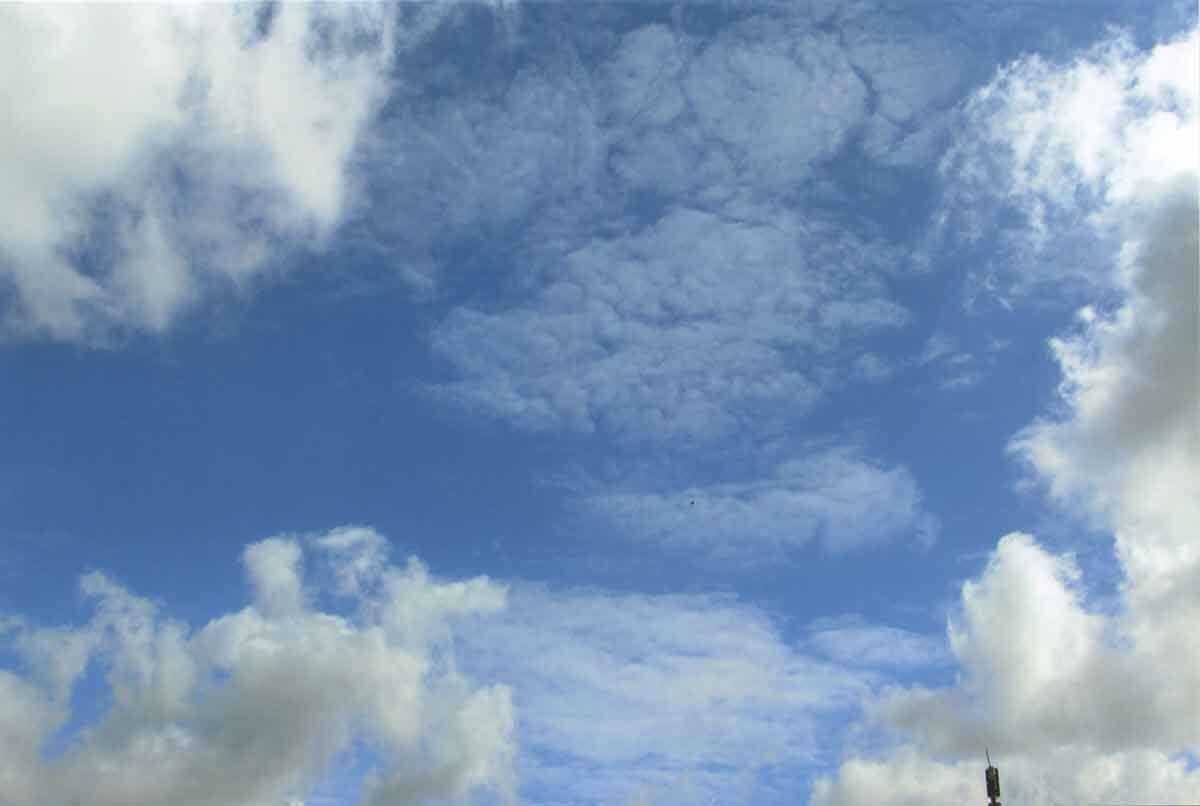Autistic people using photography to communicate
If everyone has a camera, how are autistic people using photography to communicate through photographs of their every day lives? A look at a study on autism, photography and communication. Also featuring Breadth, a project aiming to challenge autism stereotypes.

Autism, photography and communication

In a 2021 study, Uschi Klein explores how autistic people may use photography to connect with the world and communicate. If cameras are ubiquitous, and everyone is photographing every mundane facet of their lives, how are autistic people using photography? Are they, we, doing belfies (bum selfies), photographing every meal, or positioning expensive cameras next to artisinal coffees? Uschi Klein sought to explore this as photography is a form of non-verbal communication. In doing so, they challenge the stereotype of the socially withdrawn “shy” autistic person hiding away inside of their gadgets—a stereotype I challenged in my 2011 project, Rezz.
Sinclair offers a useful analogy here:
It takes more work to communicate with someone whose native language isn't the same as yours. And autism goes deeper than language and culture; autistic people are "foreigners" in any society. - (Sinclair 1993, 2)
Sinclair's analogy between communication and language begs the question of how autistic people make sense of the world and communicate with others.
For participant Joe, for example, the camera phone was an alternative way of communicating with others, which he confirmed by saying,
No, it's my camera and my only means of communication, well, besides talking to a person besides me. I mean communication from way-off [Joe refers to using the camera as a way of communicating from a distance rather than face-to-face.]
Joe expressed a sense of ownership over his ability to communicate with others via his phone.
The study features four male autistic people who enjoy photography. Klein mentioned that gender isn’t a factor in this study. One of the participants photographed the sky, leading the researcher to believe that “he enjoys being immersed in the elements, at least to some extent.”
Ingold argues that seeing the sky is an experience of being-in-the-world. This multi-sensory experience is, of course, widely shared amongst all people, but considering autistic people experience sensory overload, looking at the sky (and photographing it) might be a strategy to focus on one sense and compensate for sensory overload (Grandin 2006; Williams 2006).
This is something else I have observed in my post-Autism Spectrum Disorder diagnosis. My camera can be a stim toy with its buttons and screen that reduces the world down to something I can manage. Nature is also a safe space for me, maybe the safe space, and I’ve been working on a series of photos on this theme in recent years. Seeing an actual person of science look into similar ideas is fascinating.
Reading this study makes me question my own work. Have I unknowingly been working this way too? It seems that it’s a common way for autistic photographers to work.
As a social practice, photography provided a context in which the autistic adults could explore their sociality in their own ways. As Ochs and Solomon explain, '[a]utistic sociality is not an oxymoron but rather a systematically observable and widespread phenomenon in everyday life' (Ochs and Solomon 2010, 69). Exploring the social contexts in which the four autistic male adults took photographs provides a more detailed picture of who creates photographs, where, why, how often and for whom. This approach underlines that everyday photography can extend the opportunities for visual communication and practicing sociality.
Breadth
Being autistic myself, I am so fiercely passionate about this subject, and have long felt that the static perception of what it means to be autistic is often damaging to autistic people. It seems that in the mainstream media, autism is portrayed as extreme stereotypes, which has shaped a global perception of what autism looks like, but actually, autism manifests in an infinite number of ways.
This project is beautiful. The photography captures people in a very natural way showing a diverse range of people and how they deal with being autistic. It is important work. Recently told someone I was autistic and they said "Oh you must be a savant. What's your specialty?" No... just, no. We aren't Rain Man or The Good Doctor. As the saying goes; "If you've met one autistic person, you've met one autistic person." Alex's project is highlighting that through warm, intimate, approachable portraits.




Comments ()